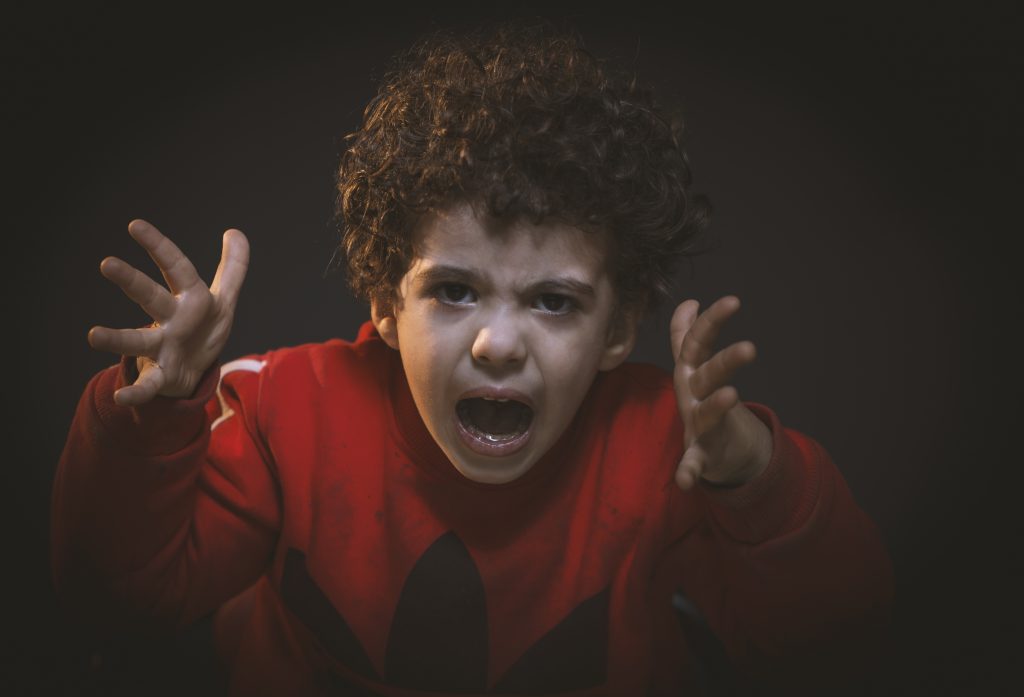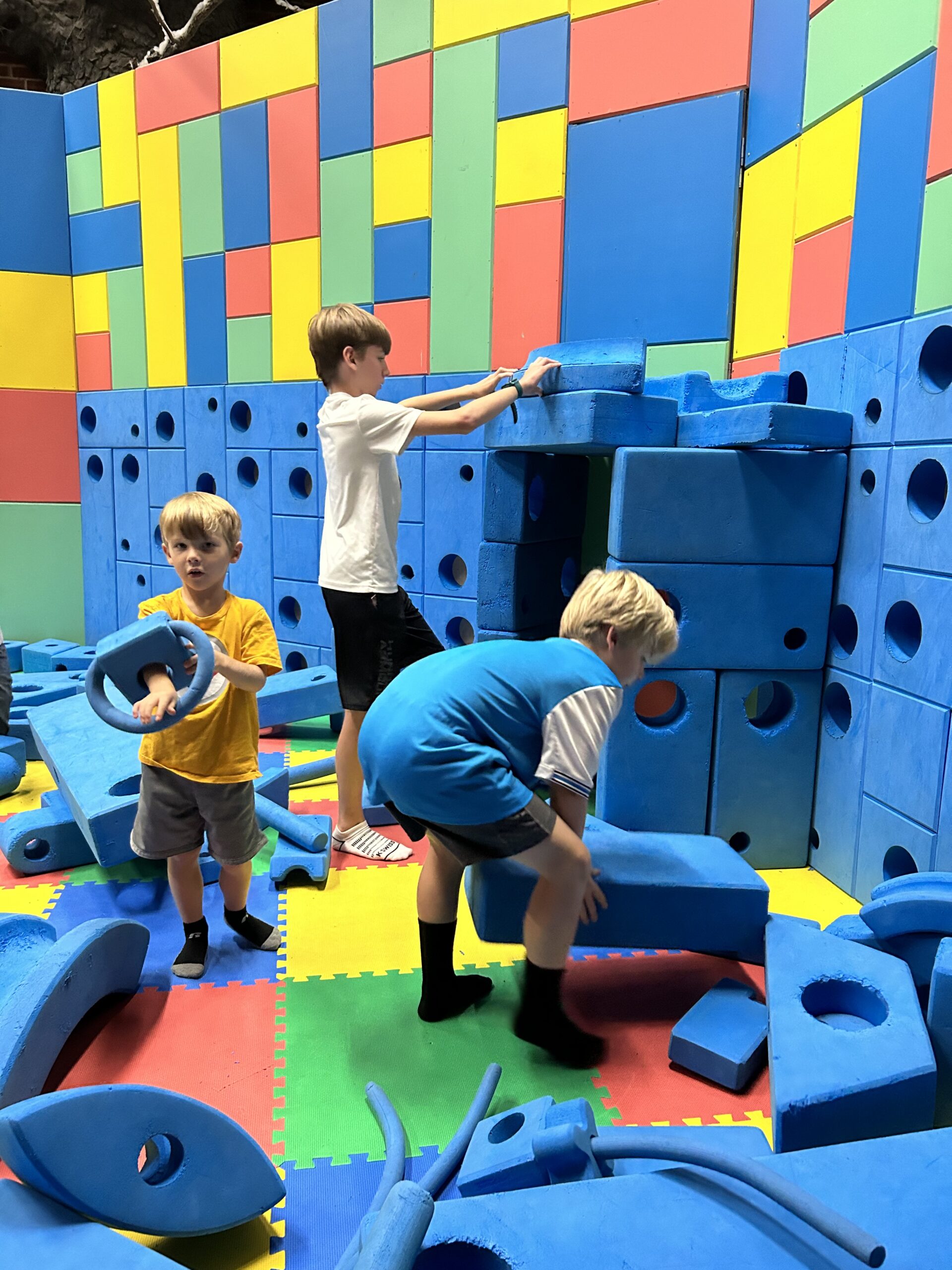Secondhand trauma affects how students learn. The trauma many families face spills into the classroom. Students come to school with many thoughts that interfere with their learning. Students face others that bring weapons into the school. They deal with incarcerated parents. Some students are homeless or do not know when they will have their next meal. Secondhand trauma comes from the home, their community, or from something a student heard.
Secondhand Trauma Recognized
Secondhand trauma is emotional stress that happens when students experience a tragedy through another person or activity. It causes significant emotional and behavioral problems that disrupt the student’s life. Thus, it disrupts the classroom culture. It’s important to recognize the trauma.
- Let students know they are safe, and others help to protect them.
- Students see tragedies on the news. Thus, they need to be discussed and questions answered.
- Discuss the positive aftermath of a tragedy.
- Refer students to a school nurse or counselor if necessary.
Symptoms of trauma are not rec0gnizable. They look like other problems, such as frustration, bad behavior, lack of concentration, or following directions. Students may even have problems working in a small group situation. Thus, they get diagnosed with other disorders rather than trauma.
Understand the Problem
A trauma student is not trying to bother others. They simply may be a distraction because of their thoughts of a situation that is disturbing to them. Disciplining the student will not help. Simply accommodate them by informing them they are safe. Caelan Soma, PsyD states, “Switch your mindset and remember the kid who has experienced trauma is not trying to push your buttons,” Caelan Soma is the chief clinical officer with Starr Commonwealth, an organization that offers resources to help schools build trauma-informed, resilience-focused communities.
Students that experience trauma worries about what will happen in the future. Therefore, a classroom routine calms the student. Often, a student needs sensory cues to get through the day. Storyboards help students to understand how their day unfolds. This helps the student to focus on learning.
Secondhand trauma does not affect all students the same. However, it’s about the student. It doesn’t matter how bad it appears. It’s about the stress the child feels. The stress may be about several issues the student’s family faces. The trauma doesn’t matter, it’s important to provide support. It’s important to know the students.



